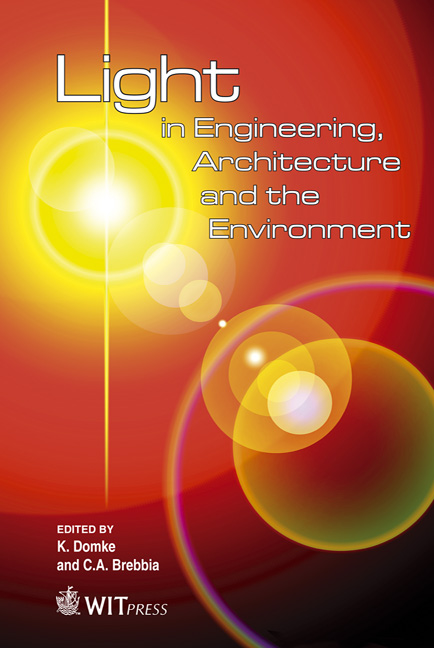Street Lighting Design For A Traditional City: A Case Study Of Jesi, Italy
Price
Free (open access)
Transaction
Volume
121
Pages
12
Page Range
13 - 24
Published
2011
Size
655 kb
Paper DOI
10.2495/LIGHT110021
Copyright
WIT Press
Author(s)
A. Srisuwan
Abstract
Crimes rarely occur if potential offenders are aware that there are eyes on the street that can witness, report or intervene in their activities. Lighting has a major role in guarding against criminal assault on public streets at night. The lighting needs to illuminate more than just the actual lighting functions; it also shapes the face of the street and defines the residential environment as a \“homely” atmosphere. The residential area in a traditional city is in particular considered in this study. Space syntax models spatial configurations of urban street configurations by using a connectivity graph representation. Such a configuration of connectivity identifies pedestrian access patterns and can be analyzed and selected in a study area. The illumination distribution is calculated and a lighting design framework is suggested. Keywords: street lighting design, crime prevention, space syntax, traditional city. 1 Introduction Since the 1990s, along with an increasing concern with outdoor lighting, cities have started to glitter more at night (Jankowski [1]). The cities have aimed to promote and expose more flux on the facets of landmarks, sculptures, monuments, buildings and structures (Lechner [2]). Consequently, illuminating public spaces at night has encouraged people to extend their activities until the night time. By means of the artificial lighting, environments in which pedestrians can quickly and accurately identify objects, and maintain orientation are created. Therefore, the people come and walk in the public spaces in the evening with a sense of safety and security.
Keywords
street lighting design, crime prevention, space syntax, traditional city





